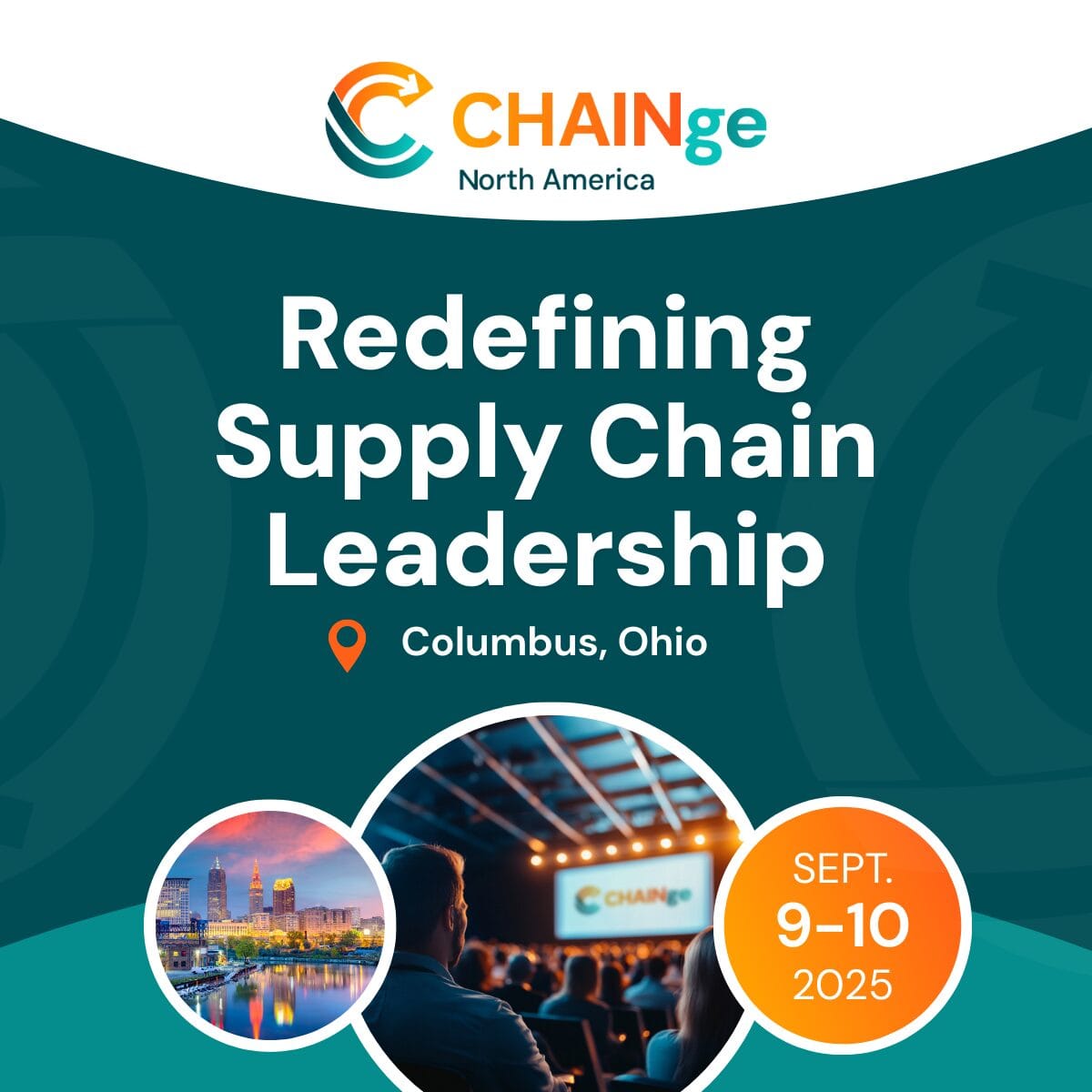The way shippers are buying is rapidly changing due to the intense dynamics in logistics and the ongoing challenges of globalisation of logistics in general. Sourcing events tend to occur more often and logistics procurement is becoming more digital. There is also a tendency towards smaller events, increasing focus on the regional and local levels.
So what do shippers and carriers need to know when they are involved with tenders or other sourcing events? I’ve rounded up the essential points below.
Shippers: Setting up a tender does not have to be difficult
Many people struggle with tenders due to a lack of time, knowledge or data. As resources on the shipper side are often tight, it makes sense to get outside expertise to help you run tenders. Shippers often delay or run a tender event very long, which eventually hurts them, although it would be hard to qualify to what extent.
Shippers: Understand the impact of what you are asking from carriers
How much work goes into the analysis and response of tender? More awareness of how carriers manage tenders is a great improvement for shippers. It ensures that shippers ask the right questions.
Shippers: Data is often missing and wrong
Missing and incorrect data lead to frustration and extra work on the carrier side and eventually to low quality or wrong response. Investing in better data quality which often means investing in Freight Audit and Transportation Management Systems, is crucial to achieving this.
Shippers: Make time for more human interaction
Although tendering may be an exercise of comparison and analysing rates, communication is always vital at any stage of the tender process. Whether at the start, during, or at the end, making it clear why you make certain decisions increases the engagement of carriers. Suppliers always appreciate clear feedback. They can use it to improve their response in future tenders.
Shippers and carriers: Carriers have to deal with many tenders
Shippers must understand how to stand out and make it easy for the carriers without being too company-specific. The better your volumes fit the carrier’s shipping flow, the better prices you can get. The better you match the carriers to the volume you are tendering, the higher the quality of the responses you will get. The same goes for carriers. Respond to the right tenders and make sure they fit your profile
Shippers and carriers: Platform use leads to a better experience
Using a platform increases the quality of the experience for both tender managers and carriers. Workflows make the process more efficient. Increased visibility gives you more insight. If you use the right platform, that is☺.
Carriers: More and more shippers are using a platform
Shippers are going digital and are looking to improve their processes. Are carriers digitising at the same speed?
Carriers: The logistics procurement process is a way to stand out
Very few carriers have a clear strategy for winning business and making an impact during the sourcing process. The focus is primarily on filling in the rate card but not on profiling themselves at the same time to make a good impression.
You’re in it together
Shippers and carriers need to realise they are in it together. Clear communication is vital for any successful partnership. Making sure the end customer is happy involves close cooperation at all stages. Collaboration starts when you tender: having a transparent, straightforward, and efficient tender process sets the stage for successful future partnerships.
Author Bio
Pieter Kinds(1975) is CEO of Freightender, a leading cloud-based freight sourcing platform and CEO of TendrX, a logistics community platform.
This post is sponsored by Freightender






